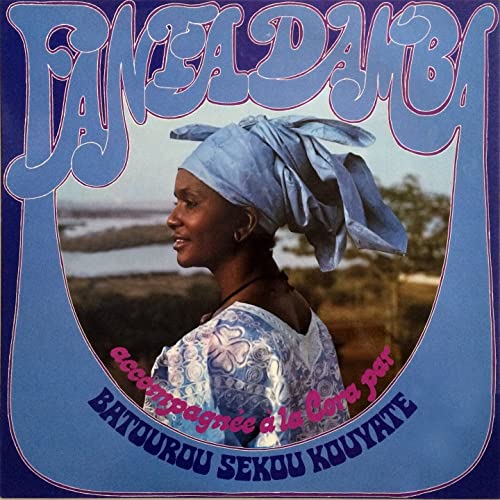6. Fanta DambaHamet Niani Hadire Sylla

I actually only discovered this one last year, in a bookstore in New York. I was going through all these books about geology, and this wonderful music was playing. I asked them what it was, and they gave me this compilation. I just listened to it over and over. There’s this power, not only in the way the melodies are laid out, but something that’s almost primordial. The delivery of her voice is something I’d only ever felt in flamenco music – this powerful melisma, which is very special, and of course contextualised by the face that she was born in Mali. It really made me think about how I would work the voice in No era sólida, and it was a combination of this and another book I was reading that brought me to the creation of Lia. I thought, ‘Okay, I need to create an entity that is outside of me, almost like machine-learning mechanism that is concentrated and focused on this one way of singing.’ I would listened to Fanta Damba for hours and hours, and let that influence my music – with my own limitations of course, because there’s no way I could sing like that. It’s really beautiful.


